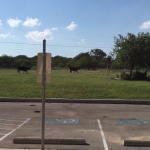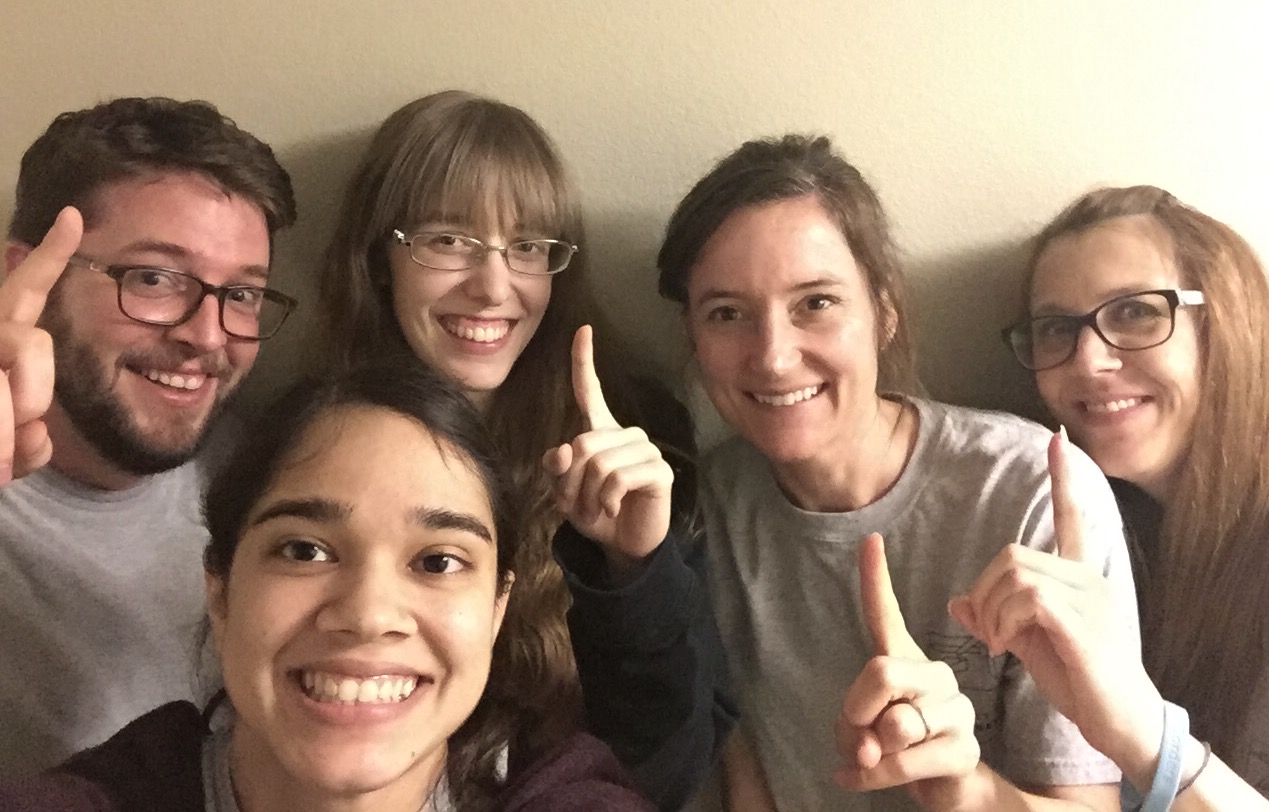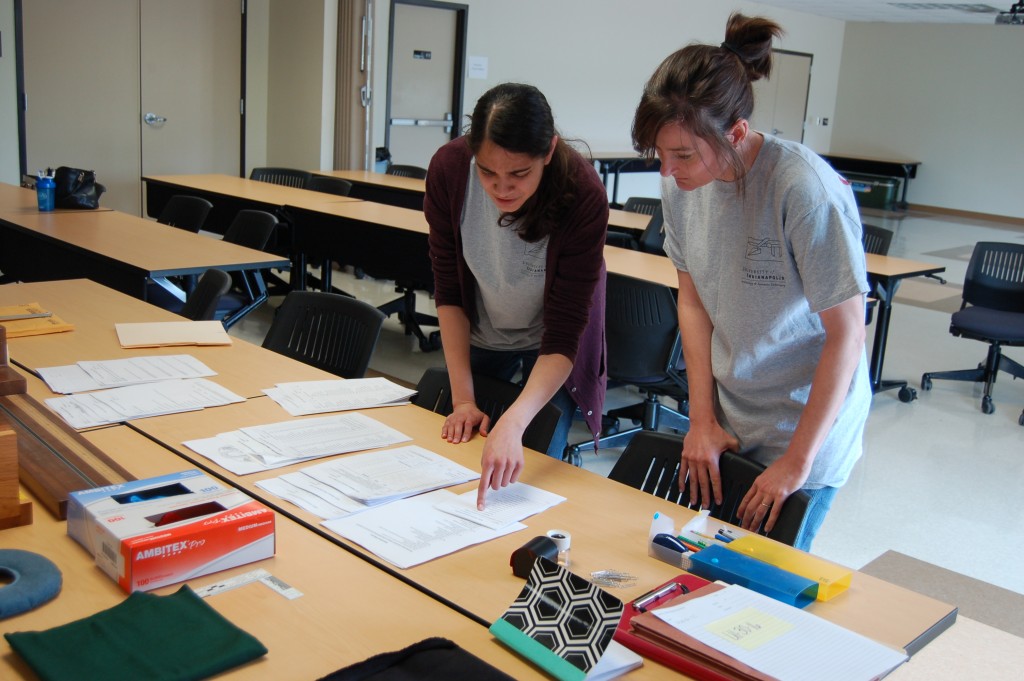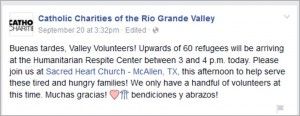Today was our first day at Texas State University doing skeletal analyses. Like last year, we were stationed at the Osteological Research and Processing Laboratory (ORPL), working with Dr. Kate Spradley and her graduate students. This laboratory is one of three labs at the Forensic Anthropology Center at Texas State (FACTS). ORPL is used for forensic anthropology casework and processing bodies that get donated to the Forensic Anthropology Research Facility (FARF), an outdoor decomposition research facility at Texas State.
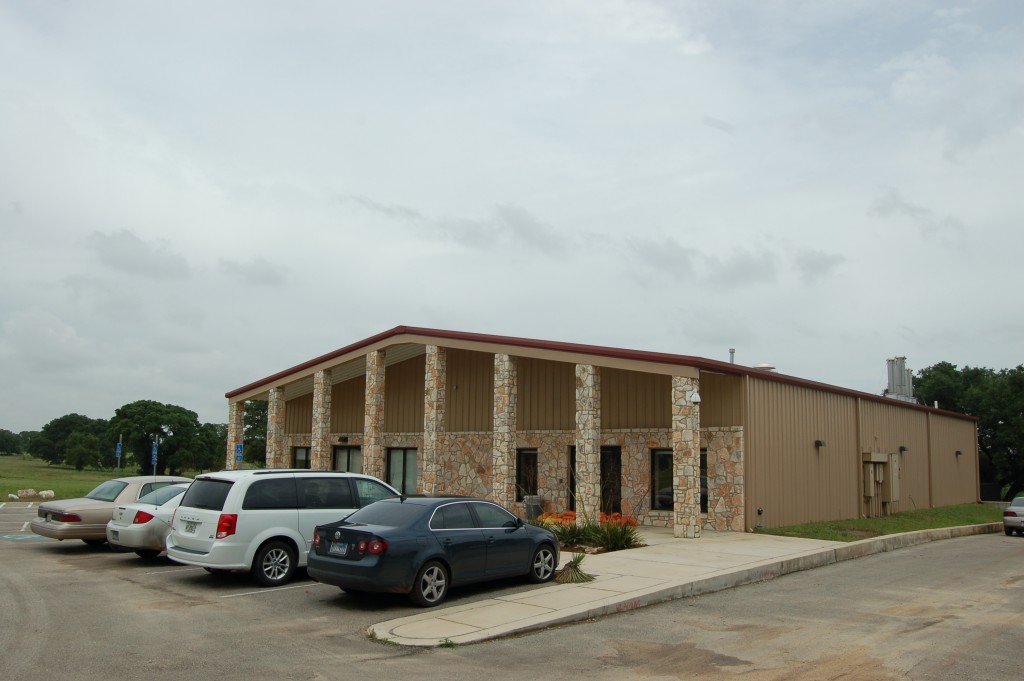
We started off the day with a meeting, where we discussed the progress that had been made since our last visit. The conversation was filled with talk about dead ends, road blocks, and frustration all around, but the progress that they did make over the year kept everyone hopeful and motivated. This time there are less Texas State students around than we thought there would be. Unfortunately, we came during finals week, so many of the Texas State students are busy studying for exams.
Once the meeting was over, we split up into two skeletal analysis teams: the UIndy Team and the Texas State Team. Before we started, we set up a few different workspaces. We had our main table where we laid out the remains for skeletal analysis. We also had a clean table to set up all of our paperwork and another table where we could take measurements on the bones. Finally, we had a photography station to take pictures of the bones. We decided that the best strategy was to divide and conquer. We split up all the tasks that needed to be done for the analysis and went to our separate stations. We used this same strategy last year, so we were able to fall back into our routine pretty easily.
I felt like we did a good amount of work today and hopefully the rest of this week will go just as well. As we ended the day and started packing up our supplies, we noticed something moving just outside the lab. I forgot to mention it before, but ORPL is actually located on a ranch. Outside of the lab, a few cows were walking near the building. Justin and I stopped what we were doing and headed outside to try and say hi to our new friends. Unfortunately, cows walk a lot faster than you think. We lost them and headed back to the lab. I can’t wait to see what tomorrow brings.
